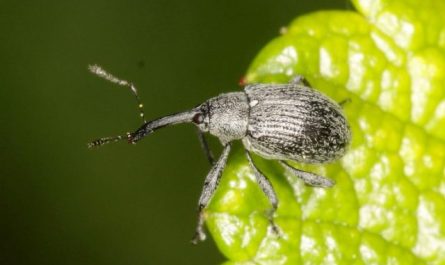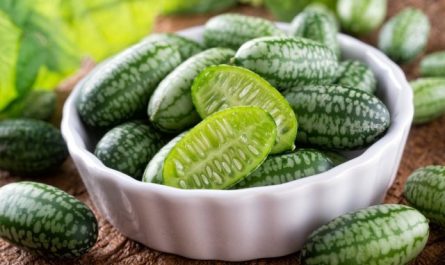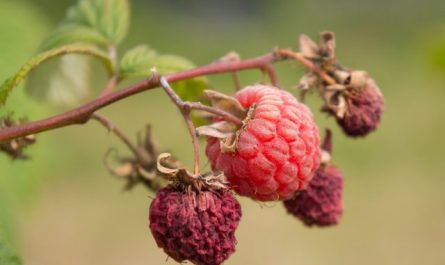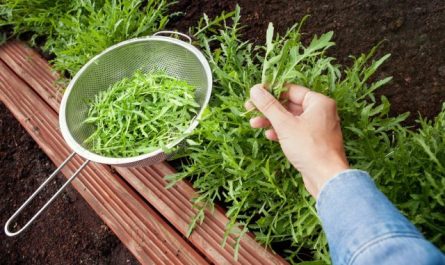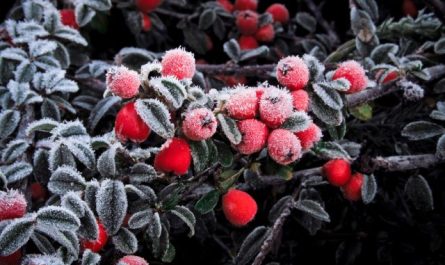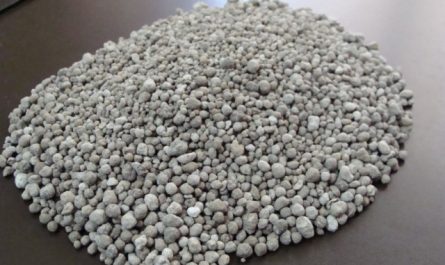Cornel in translation from Turkic languages means “red”. The oblong fruits of the cornel are distinguished not only by a special smell and a pleasant, although sometimes sharp sourness, but also by a unique bright desperately red color (only sometimes it is yellow). Tannins contained in the cornel give it an astringent taste, which not everyone likes. This property, in all likelihood, can be corrected in the course of selection, but in relation to the cornel, it is taking its first steps. That is why the plant is moving slowly to the north.
Biology and phenology
In the forests of the Caucasus, dogwood can be up to 8 m high, in the steppes of Crimea – up to 3 m. This plant is a long-liver, sometimes its age reaches several hundred years. The branches are initially yellowish-green, later – brownish-brown, the leaves are opposite, simple. Flower buds are spherical, leaf buds are elongated. Umbrella-shaped inflorescences appear before the leaves bloom, flowering lasts 15-70 days depending on the weather. The fruit is a drupe, 1-4 cm long, weighing 1-6 g. Dogwood grows in a warm climate in the Caucasus and Transcaucasia and as a biological species was formed in conditions of good heat supply. Some damage to branches is observed at temperatures of minus 30 °, and summer drying of leaves of young plants occurs at a temperature of about 40 °.

© B.navez
The vegetation period in Krasnodar is 240-283 days. Therefore, further north (Orel – Moscow) only early ripening forms can be grown.
In Krasnodar, dogwood begins to vegetate early, ahead of other fruit plants. In our experiment, dogwood blossomed on March 10-18, and finished blossoming on March 24 – April 4.
Then the vegetative buds bloom, and after 9-20 days the growth of shoots begins (it is single-wave), which ends in July-September.
The leaves fall late, from approximately November 20 until the end of November – beginning of December.
The studied forms first bore fruit in the 5th year of life, in August.
Site preparation and planting
Dogwood is placed in a place protected from the wind (especially north-eastern), well-lit or partially shaded, since in nature the plant is most often found as an undergrowth in oak or pine forests on the southern slope next to hawthorn, hazel, cherry plum, blackthorn. In shaded places, dogwood bears fruit poorly.
It is planted in groups of at least two plants of different shapes, which promotes better cross-pollination. The distance between trees is 3-6 m. Dogwood can also be placed as a thickener, especially among short-lived species.

© Jean-Pol GRANDMONT
Areas with stagnant groundwater located closer than 2 m from the ground surface and with a highly compacted impermeable clay layer are unsuitable.
The soil is prepared six months before planting. It is dug to a depth of at least 60 cm, organic and mineral fertilizers are added, perennial weeds (wheatgrass, pigweed, bindweed) are selected. The recommended dose of manure is 4-6 kg per 1 sq.m. If there is no organic fertilizer, then in the fall, a mixture of peas with winter cereals is sown as green manure, and in the spring – vetch, soybeans, phacelia, then they are dug into the soil. It is useful to lime acidic soils. The best time for planting is early spring, before the buds open. In the fall, planting is in October, three weeks before the onset of real frosts.
Saplings 100-150 cm high with a trunk diameter of 15-18 mm are planted at the age of 1-2 years. It is important not to dry out the roots. They are placed in a damp cloth, in sawdust, and dried ones are soaked in water for 10-12 hours before planting. Good results are given by a manure-earth mash with the addition of Heteroauxin at a concentration of 0,001%. On pre-prepared soil, planting holes are made 40 cm deep and 60 cm wide, on unprepared soil, the size of the planting holes is increased to a depth of 60-80 cm and a width of 80-100 cm. The hole for the dogwood is filled with fertile soil from the top layer, mixed with humus and mineral fertilizers. Add a bucket and a half of humus, 100 g of nitrogen, 200-300 g of phosphorus and potassium fertilizers to the planting hole. It is better to place mineral fertilizers at the very bottom of the hole so that they do not come into contact with the roots.
When planting, the roots are evenly placed in the hole, straightening them out. The planting stake is placed on the side of the prevailing wind, and the tree is placed on the opposite side. The root collar is left 3-5 cm above ground level so that after the soil settles, it is at its level. When pouring the soil, lightly shake the seedlings, then compact it: place your foot with the toe towards the trunk.
After planting, a hole is made around the tree, and the plants are loosely tied to the planting stake and watered with 4-5 buckets of water to wet the entire hole.

Plant Care
In spring, the crown of the planted tree is cut to the outer buds, leaving a third of the length of last year’s growth. Dogwood seedlings are formed with a trunk 20-40 cm high. With dense planting, three to four skeletal branches are left at a distance of 2-3 m, and with sparse planting, their number is increased to 5-7. One-year shoots are not shortened. When growth weakens at the age of 10-20 years, the plant is cut to 2-4-year-old branches. Pruning is performed before the sap begins to flow.
The depth of soil cultivation after planting seedlings should not exceed the depth of the roots. The soil is dug up near the trunk by about 3-5 cm, further from it – by 5-10 cm. In autumn, digging is carried out in late September – early October, which promotes active root activity and rapid healing of wounds. Lumps of earth are broken up. During vegetation, the soil is loosened to a depth of 4-6 cm after rains and watering.
Mulching the tree trunks helps to retain moisture, actively use fertilizers, and inhibit the development of weeds. Therefore, a layer of mulch, such as humus, 8-10 cm thick is poured in early spring or autumn, 10 cm away from the trunk. A thin layer of soil (5 cm) is thrown on top. When weeds appear on the mulch, they are pulled out.
Autumn hilling of tree trunks to a height of 15-20 cm promotes better overwintering of plants and less freezing of the soil in the root zone.
If the soil was fertilized before planting, a new portion of fertilizers is given in the third year under trees with weak growth. Later, fertilizers are necessarily added, increasing the rates with abundant fruiting, preferably in holes, boreholes, furrows or simultaneously with watering. A five-year-old tree requires 30 g of ammonium nitrate, 40 g of double superphosphate, 20 g of potassium chloride. Physiologically acidic fertilizers (ammonium sulfate) should not be used.
The roots of dogwood are superficial. They are able to use small precipitations, but are sensitive to long droughts. Most often, watering is done in bowls or sprinkling. Around the trunk, stepping back from it 1-1,5 m (depending on the size of the tree), pour a ridge of soil 15 cm high. The surface of the bowl is leveled, the soil is well loosened. Water is supplied from a hose. Instead of bowls, you can make circular furrows. After watering, the soil surface is leveled.

© Myself
Seed Reproduction
Seed propagation is necessary for growing rootstocks. In nature, seeds germinate in the 2nd-3rd year after the fruits ripen, and during the time they are in the soil, most of them dry out and lose their germination capacity.
We bubbled the seeds with an aquarium compressor, fermented them, stratified them in the refrigerator, then kept them cool until sowing in the fall, stratified them in the soil in a shaded place with regular watering. After bubbling, about a third of the seeds sprout, though in the 2nd or 3rd year. Fermentation gives approximately the same results.
Vegetative reproduction
We rooted semi-lignified cuttings and grafted them. Semi-lignified cuttings root in a substrate of river sand and peat (1:1) only in the early stages, May 15-25, when treated with indolebutyric acid at a concentration of 25 mg/l and maintaining an optimal humidity regime in a film greenhouse.
The best results were obtained when propagating dogwood by grafting with a shield on seedlings of wild plants. Moreover, when grafting with a shield, it is possible to use thinner rootstocks than when grafting with a T-shaped incision, and to extend the operation period to three months (June – early September), since this method does not depend on the degree of bark lag.

© Bernd Haynold
Promising forms
Since 1997, the Department of Fruit Growing at the Kuban State Agrarian University has been studying the growth and fruiting of five forms of dogwood selected in natural and climatic conditions close to those of the Kuban region.
- Dogwood from Magri selected in the subtropics, in the mountains at an altitude of 200 m above sea level.
The tree height is 4 m, the crown is spherical. Fruits weigh 3-4 g on average, are elongated, dark red, and ripen from August 5. The yield is good. - Kyzyl MOSVIR 1 Maykop experimental station VNIIR — from the forms previously studied there. The tree is spreading, 3 m high, high-yielding. Fruits weigh about 4 g on average, pear-shaped, dark red, ripen from August 15.
- Dogwood MOSVIR-2 Maykop experimental station VNIIR. Tree 3,5 m high, with a spherical crown, fruitful. Fruits weigh 4 g on average, elongated-drop-shaped, red, ripen from August 20.
- Dogwood from the collection of the Crimean OSS VNIIR. Selected in the vicinity of Simferopol. The tree is 2 m high, the crown is spherical, fruitful. Fruits weigh 4-5 g on average, pear-shaped, ripen from August 20.
- Dogwood from Azerbaijan was obtained by the Crimean OSS VNIIR from the city of Khanlar in the western part of the country with a moderate dry climate. The height of the tree is 2,5 m, the crown is medium spreading. Fruits weigh 4 g on average, are pear-shaped, dark red, and ripen from August 25. This form turned out to be the most productive and large-fruited.
The yield of a 5-6 year old dogwood plant can be 4,5 kg.

© Cayambe
Materials used:
- V. V. Koblyakov, M. I. Kravchuk, Kuban State Agrarian University, Krasnodar










